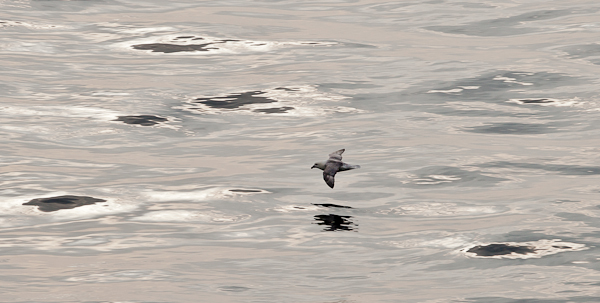Boundary layer
Written by John Macpherson
As the quill pen recorded the story of our history, so bird flight writes the story of the wind for us to witness.
Can you read it?
Let me help you understand.
When a steady strong wind moves along a surface, lets choose the sea, it results in a variation in the wind speed called a wind gradient, where the wind speed varies with altitude.
The gradient is strongest near the surface, diminishing gradually with altitude. The air closest to the sea will move more slowly than the air further away due to frictional force between sea and wind.
Birds know that moving in and out of these different wind speeds in certain patterns will allow them to utilise the extra energy created. This is called dynamic soaring.
It differs from conventional soaring in that it does not use rising air to sustain flight, but rather the boundary layer that separates different wind speeds.
Energy is extracted from the air simply by flying in and out of air masses moving at different speeds.
But of course birds don’t really know all this.
They simply feel it.
They just flounder when they are unsupported, and when buoyed up they rise, and soar and glide.
(Just like people.)
And the name of one of the first scientists to investigate this? And whose studies “Observations of Herring Gull Soaring,” (1940) and “Soaring over the Open Sea” (Scientific Monthly. pp.226-252 1942) hints at some of this avian magic?
Woodcock.
A man whose name can now effortlessly soar and glide through the boundary layers of your imagination.

